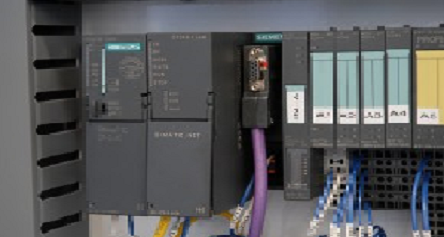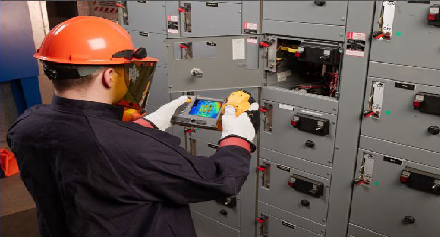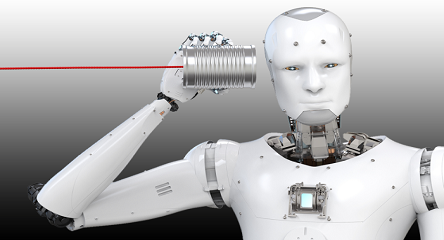Two Minute Tips
Powerful Predictive Maintenance Strategies for Your Plant
When it comes to predictive maintenance, there are several basic and powerful strategies that can be deployed in parallel. Contrary to longstanding popular opinion, you do not always need to perfect Strategy A before moving on the Strategy B.
For immediate results for your plant, the three main strategies I recommend are RCM, lubrication, and predictive maintenance.
(optionally insert image from 35:00)
RCM: Reliability-centered maintenance is needed to understand the risks posed by your assets and their failure modes so that you can develop a maintenance program for them. RCM was developed within the airplane industry to optimize their maintenance program and evaluate risk, so you can be sure this methodology is a powerful one.
Lubrication: In parallel with RCM, you need to ensure your machines are lubricated correctly. This includes training the plant’s staff and color-coding lubrication materials.
Predictive Maintenance: Finally, predictive maintenance, such as vibration, thermography, and oil analysis, will help you “map” your assets. You may see problems everywhere, but you have to start somewhere. Assess the reliability of your machines and decide what needs to be addressed now and what can wait. This will, in turn, free up some time for you to focus on RCM and lubrication (and lubrication will eliminate and prevent many problems!).
There are of course other strategies you can use, but these three are especially powerful for any maintenance program, including one in its beginning stages. We have seen much success in implementing this program—RCM, lubrication, and predictive maintenance in parallel with each other.
One of our clients, a bottle plant, saw a sharp decline in downtime across their locations following this program. More importantly, they developed a reliability-focused workplace culture, ensuring this level of success will continue.






